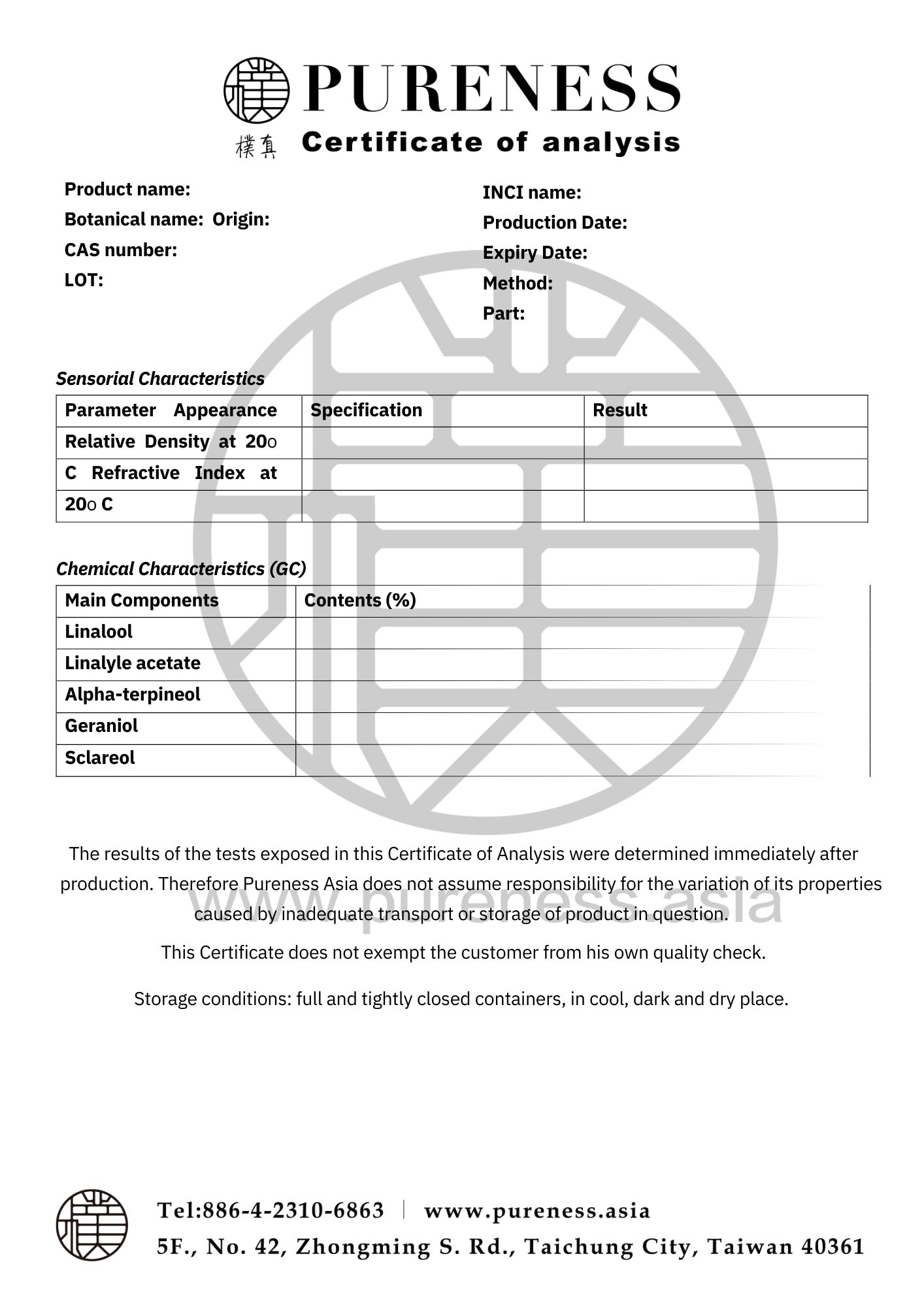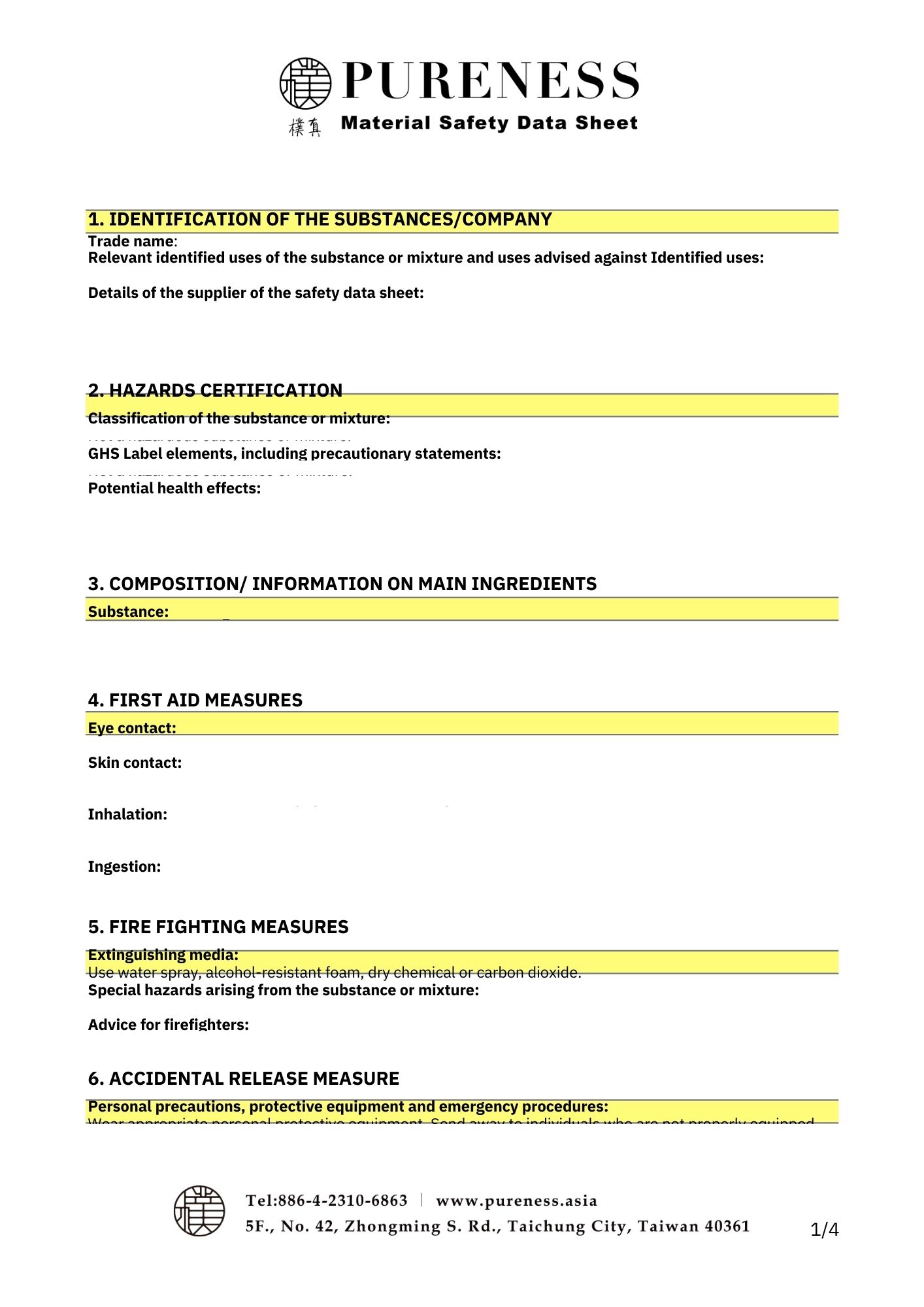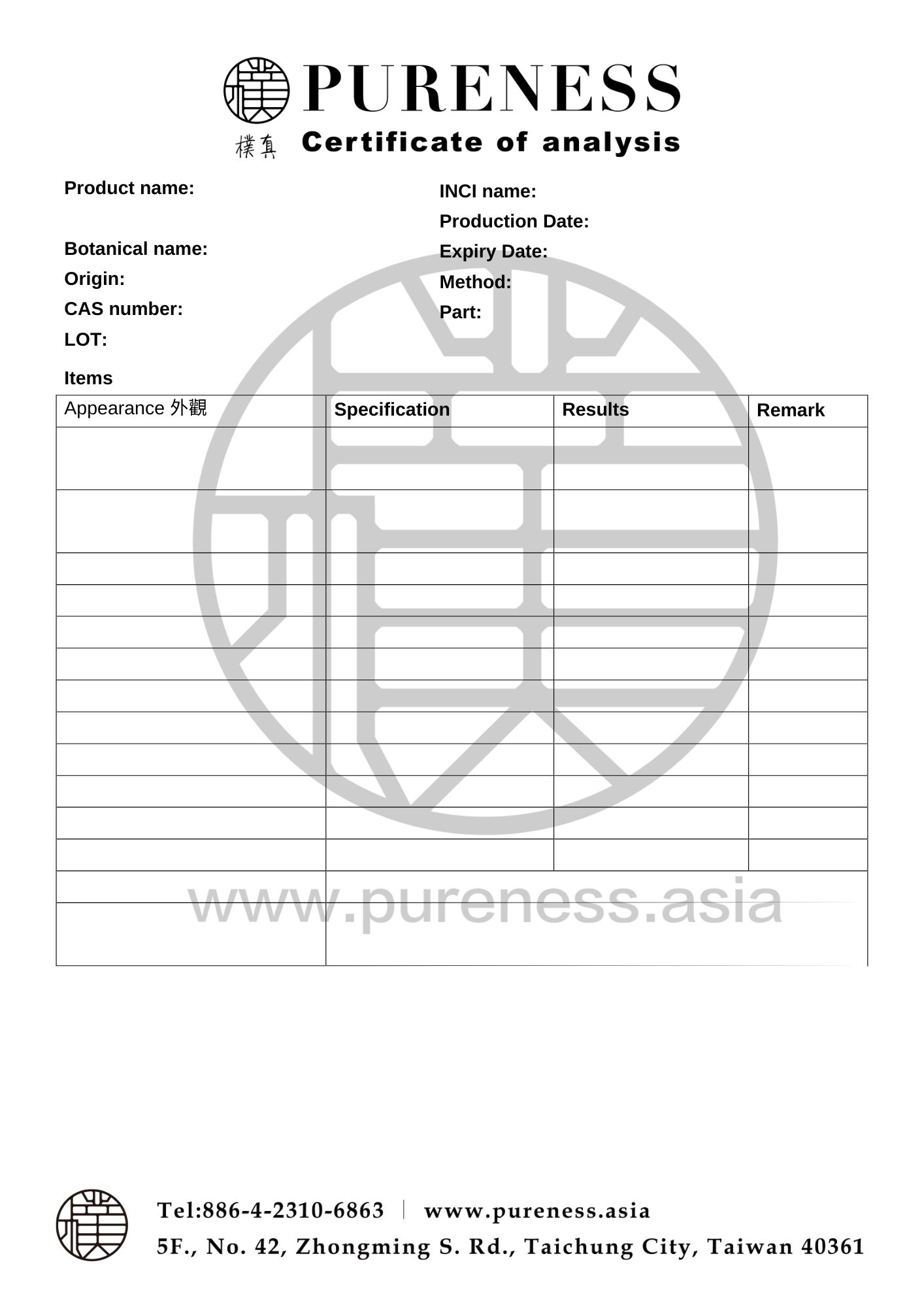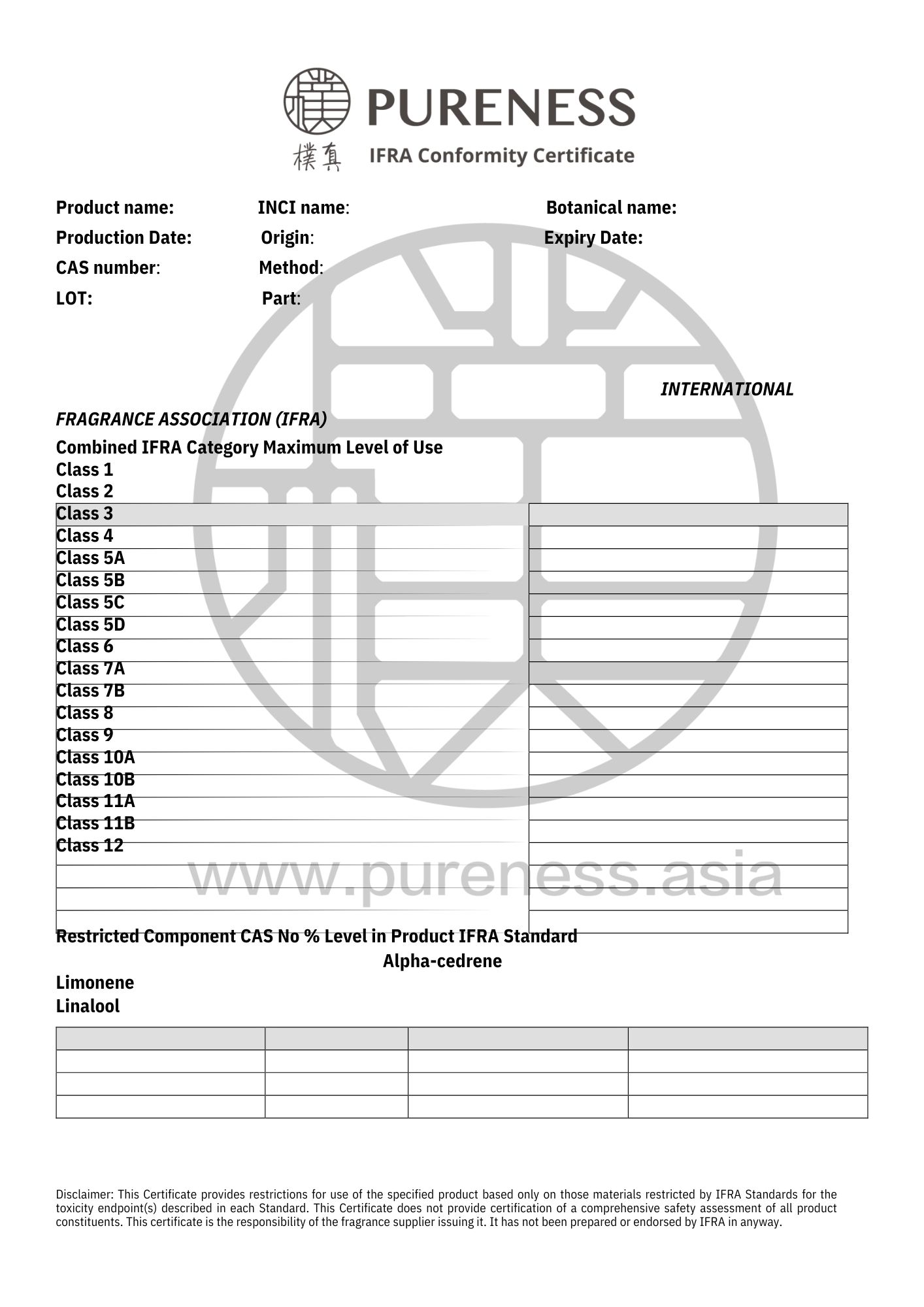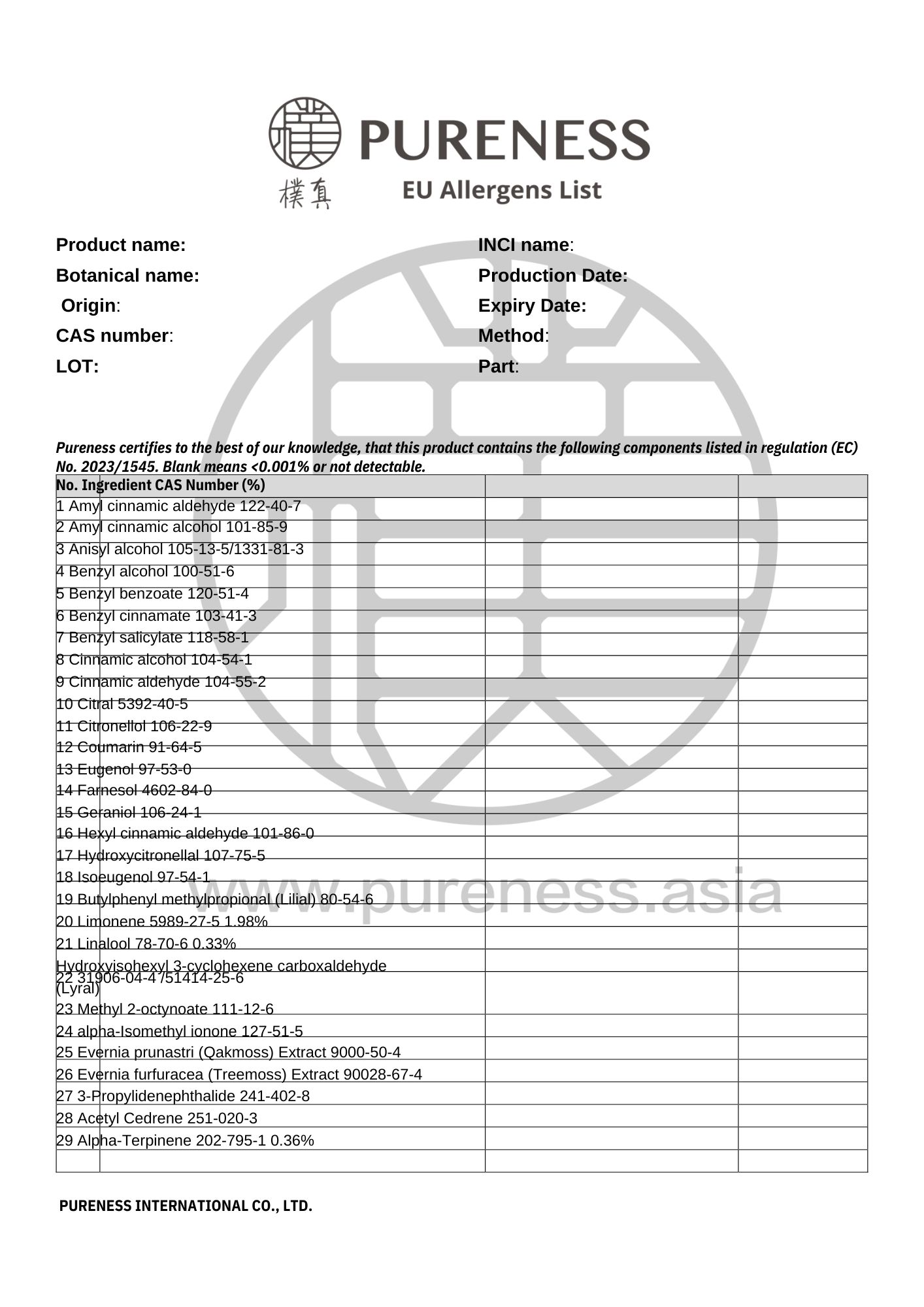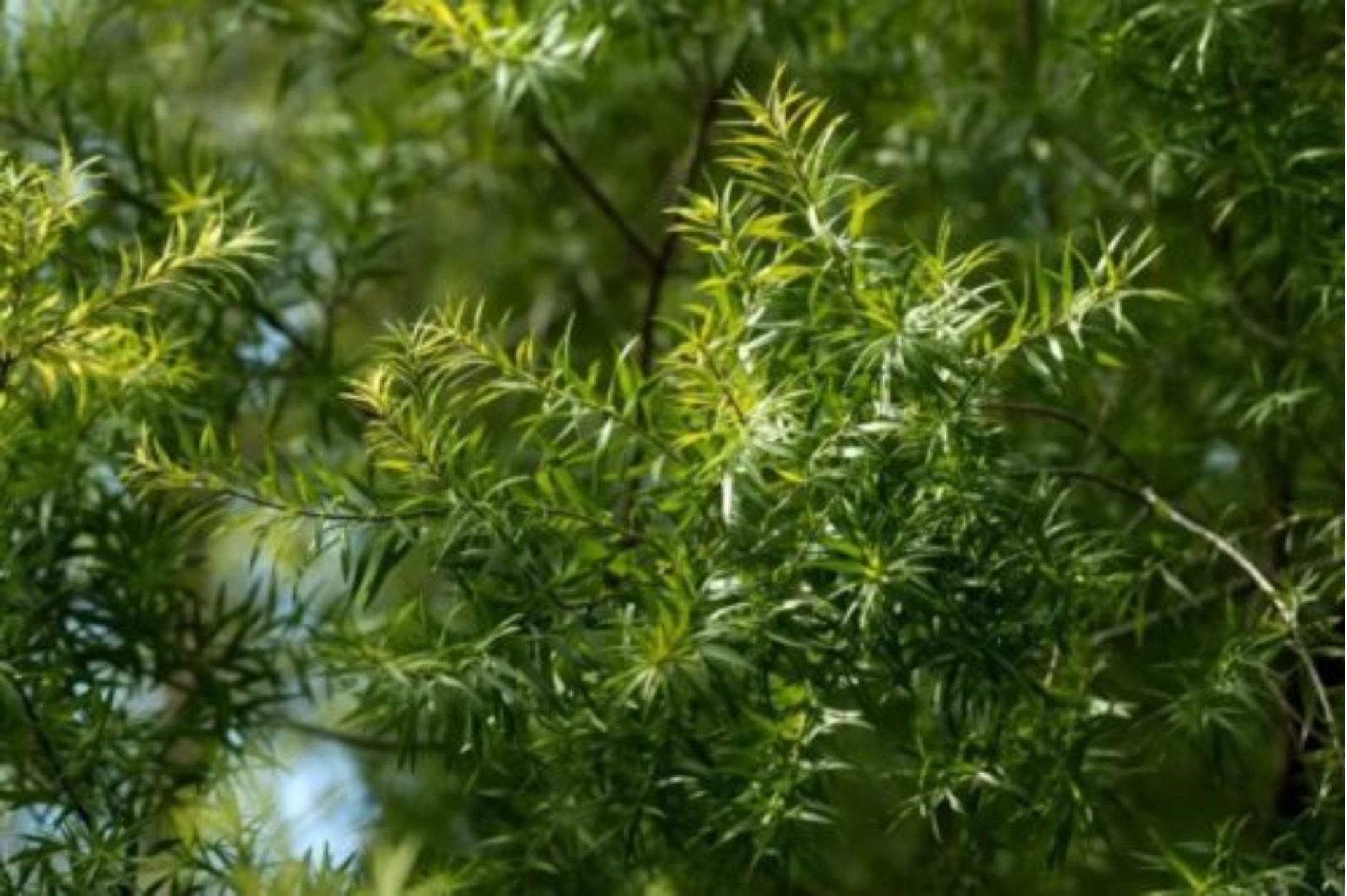
Tea tree
Scientific name|Melaleuca alternifolia
Origin|Australia
Classification|Leaf series
Specifications|500g-25kg Please contact sales for details
Extraction part|Leaves
Extraction method | Distillation
Plant family|Melaleuca (Myrtaceae)
Aroma|Refreshing and spicy leafy scent that invigorates the mind
▎Essential Oil Introduction
Tea Tree, a perennial evergreen tree from the Myrtaceae family and the Melaleuca genus, grows primarily in tropical and subtropical regions, often found in coastal swamps and wetlands. Its upright conical shape features slender, feather-like leaves that are linear and alternate. The young leaves are yellow-green, turning bright green when mature. The tree produces bottle-brush-shaped white flower clusters, with flowers that can be yellow or purple. Tea trees can reach heights of 3 to 7 meters and grow rapidly. Initially discovered in Australia, it is commonly referred to as "Australian Tea Tree."
Though its name directly translates to "Tea Tree," it has no relation to black tea or any other types of tea. The origin of its name dates back to when settlers discovered a lake surrounded by tea trees, whose components infused the lake’s water, turning it a rich tea-like color. As a result, the trees were named "Tea Tree." Indigenous women are said to have used this tea-colored water for self-healing before and after childbirth, as well as for gynecological issues. Tea Tree has long been associated with nurturing women’s health.
Tea Tree is known for its ability to boost concentration, enhance communication, aid in environmental adaptation, and alleviate fatigue from work.
▎Component Analysis
|Main component: Monoterpenols
The signature component of Tea Tree essential oil is Terpinen-4-ol. Additionally, it contains small amounts of 1,8-cineole, an oxide that imparts a refreshing and uplifting effect. Trace amounts of α-pinene are also present, which provide mucosal protection and enhance venous function.
|Component 1: Terpinen-4-ol
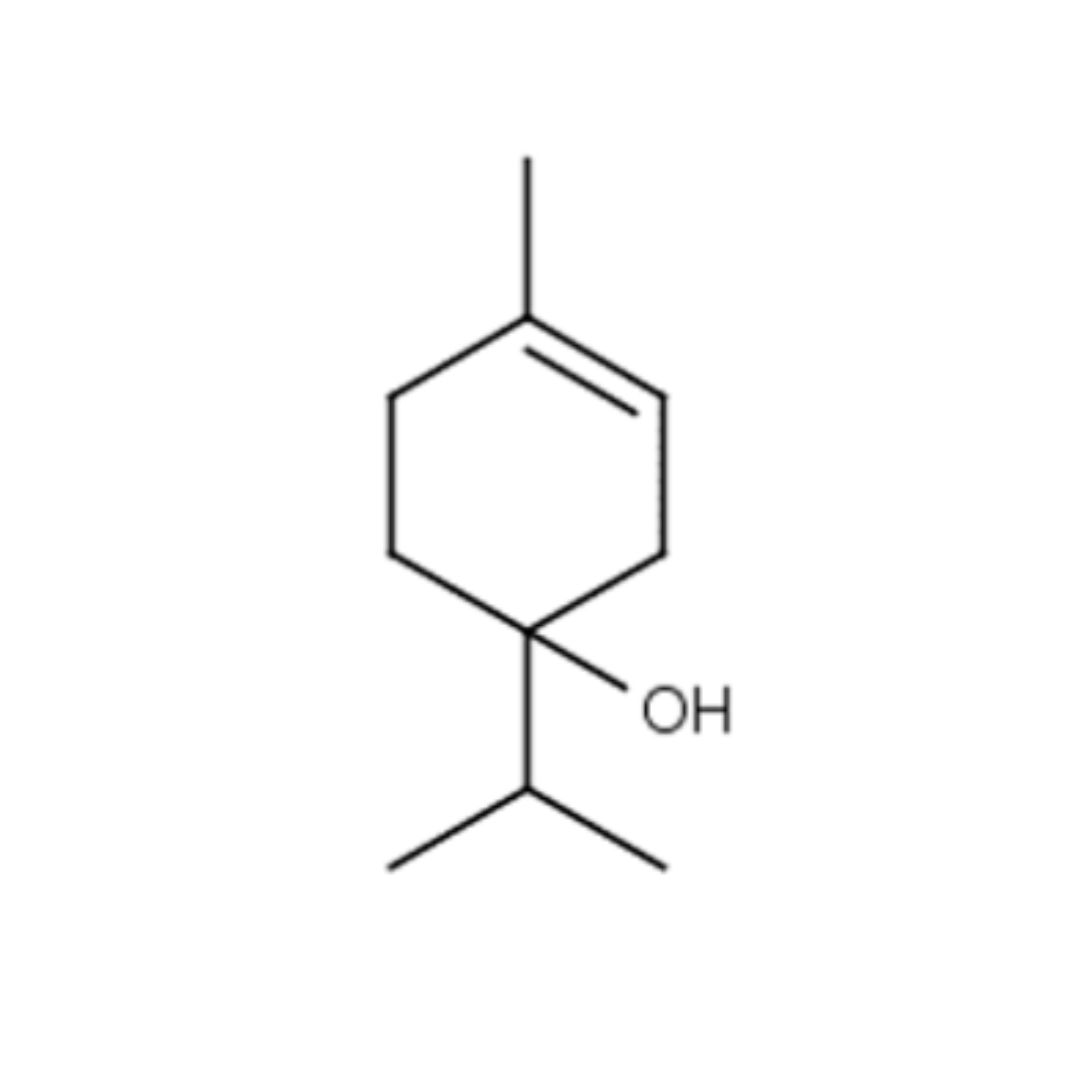
▸ Chemical structure of Terpinen-4-ol.
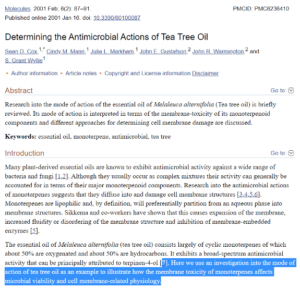
▸ Tea Tree essential oil has been studied for its effects on microorganisms, specifically its ability to disrupt the permeability barrier of microbial membrane structures.
|Component 2: 1,8-cineole
|Raw Material Certifications
To obtain relevant certification information, please contact us on WhatsApp.
▎References
- K.A. Hammer . Treatment of acne with tea tree oil (melaleuca) products: A review of efficacy, tolerability and potential modes of action. International Journal of Antimicrobial AgentsVolume 45, Issue 2, February 2015, Pages 106-110.
- Collier CN, Harper JC, Cafardi JA, et al. The prevalence of acne in adults 20 years and older. J Am Acad Dermatol 2008;58:56-9.
- Shahla Enshaieh , Abolfazl Jooya, Amir Hossein Siadat, Fariba Iraji. The efficacy of 5% topical tea tree oil gel in mild to moderate acne vulgaris: a randomized, double-blind placebo-controlled study. Indian J Dermatol Venereol Leprol. Jan -Feb 2007;73(1):22-5.
- Clin Microbiol Rev. Melaleuca alternifolia (Tea Tree) Oil: a Review of Antimicrobial and Other Medicinal Properties.2006 Jan; 19(1): 50–62.
- Dermatitis. 2004 Jun;15(2):59-66.Tea tree oil: cutaneous effects of the extracted oil of Melaleuca alternifolia. Crawford GH , Sciacca JR, James WD.
- Australas J Dermatol. 2002 Aug;43(3):175-8.Treatment of interdigital tinea pedis with 25% and 50% tea tree oil solution: a randomized, placebo-controlled, blinded study. Satchell AC1, Saurajen A, Bell C, Barnetson RS.
- J Am Acad Dermatol. 2002 Dec;47(6):852-5.Treatment of dandruff with 5% tea tree oil shampoo.Satchell AC1, Saurajen A, Bell C, Barnetson RS.
- Sean D. Cox et al. Determining the Antimicrobial Actions of Tea Tree Oil. Molecules. 2001 Feb; 6(2): 87–91.
- Syed TA1, Qureshi ZA, Ali SM, Ahmad S, Ahmad SA. Treatment of toenail onychomycosis with 2% butenafine and 5% Melaleuca alternifolia (tea tree) oil in cream. Trop Med Int Health. 1999 Apr;4(4) :284-7.
- Bassett IB, Pannowitz, DL,Barnetson RS. A comparative study of tea-tree oil versus benzoylperoxide in the treatment of acne.The medical journal of Australia,Volume153, Issue8, October 1990, Pages 455-458.
|Some images sourced from the internet. Contact for copyright removal|
